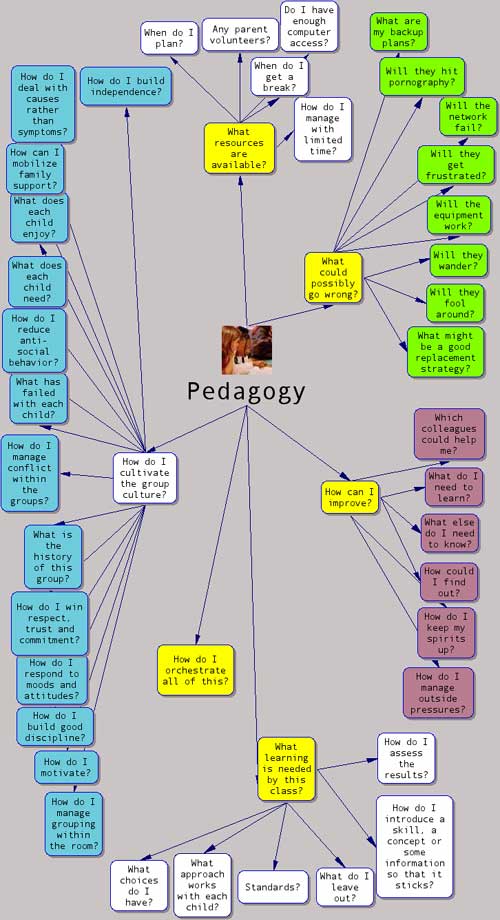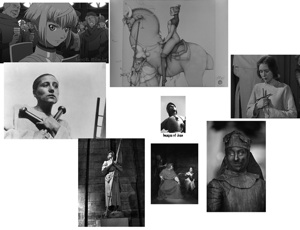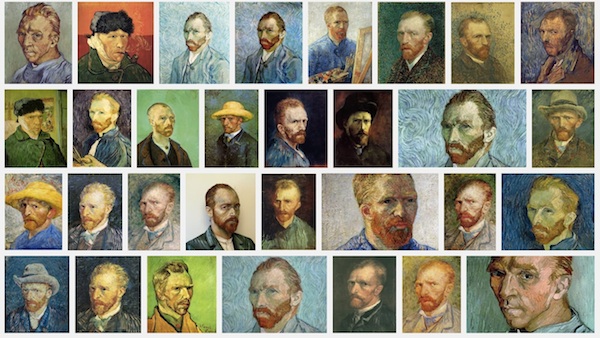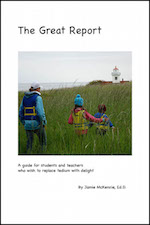photos © Sarah McKenzie
When the Internet first came to schools, it was evident that the information available would be vastly richer. Instead of relying upon textbooks and encyclopedias, students would be able to range far and wide, building insights with many more hues than was previously possible. Instead of relying upon primary colors like blue, green and red, they would be able to add thousands more. Olive, chartreuse, sage, juniper, pear, lime, pine, pickle, basil, crocodile, etc.
To fully appreciate these color choices, visit the Color Thesaurus created by Ingrid Sundberg.

photo © istock.com
The palette serves as a metaphor, of course, for shades of meaning. When studying political issues, for example, we would hope that students would actually range far and wide, considering the many different points of view that come to bear on such questions. It is not a matter of studying "both sides" because most issues have many more than two sides.

image © CG Cookie used here with permission
While the Internet can provide students with this richness, search engines can work to narrow their field of vision as is explained in "Escaping the Filter Bubble." As the search engine makes suggestions, it points students (and adults) toward the conventional.
If you type "Donald Trump" into Google, it will suggest (on the day this was written) - Donald Trump Twitter, Donald Trump News and Donald Trump Wife.
If you type "Donald Trump f" into Google, it will suggest - Donald Trump for President, Donald Trump Facebook, Donald Trump Florida and Donald Trump Family.
Looking for Donald Trump and fraud? You have to keep typing, since if you type "Donald Trump fr" into Google, it will suggest freedom, front runner, fraternity and from.
Add an "a" and you get fraternity, fragrance, fracking and Frank Reynolds.
Google hesitates to make any suggestions for "Donald Trump fraud" until you type out the entire search. Only then will it point you to articles such as "Donald Trump Threatens Trump University Fraud Victims In New Video" Huffington Post
If teachers make them aware of this phenomenon, they enhance the likelihood that students will appreciate the value of exploring far and wide.

photo © Sarah McKenzie
Another way of helping students to appreciate the idea of "palette" is to ask them to see the many choices available on a thesaurus for various words. If they go to http://visualthesaurus.com and type in "fresh" they may be surprised by the related words.

This image is used with permission from ThinkMap.Com
The leap from richer vocabulary to richer ideas is not a big one. But if we develop an appetite for one, there is hope for the other.













